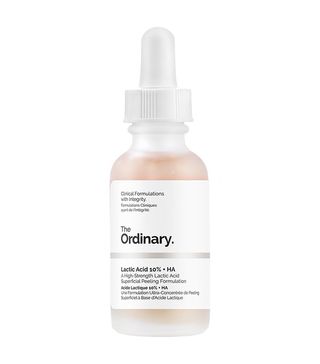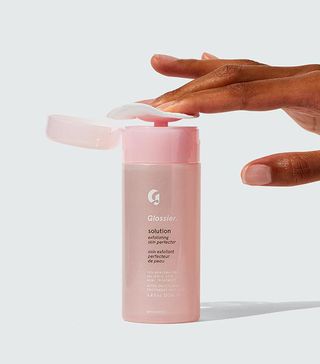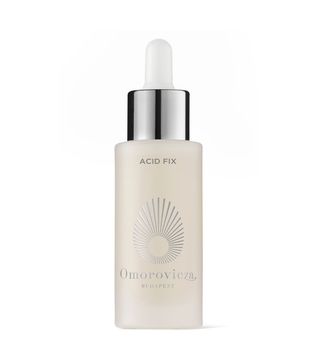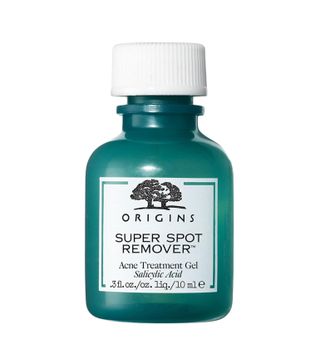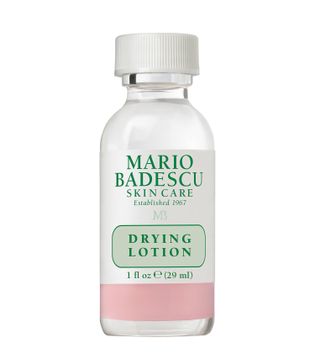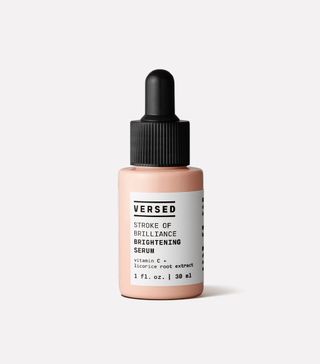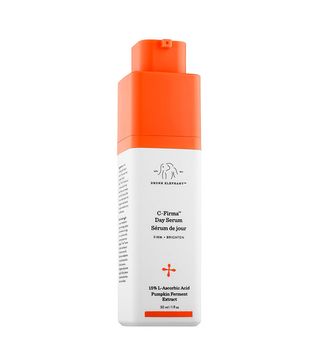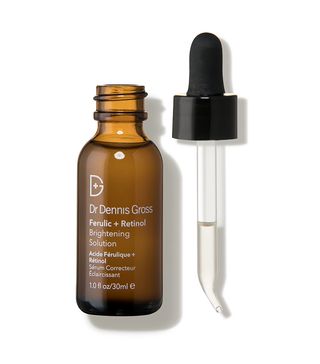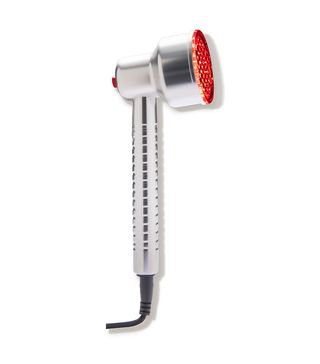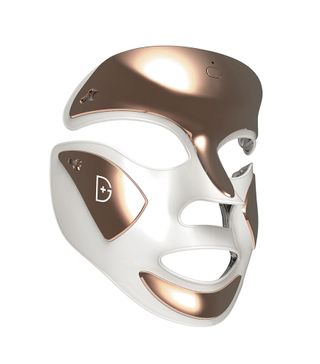10 Expert-Approved Ways to Fade Acne Scars Stat
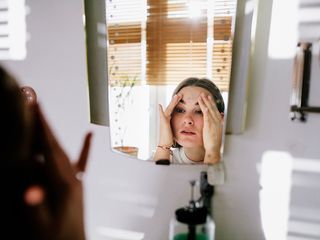
You finally figured out how to keep your acne at bay. But where you expected to see clear skin, you see hyperpigmentation as a result of acne scars. It just doesn't seem fair.
Acne scars occur when not enough collagen is synthesized in a specific spot where you had a breakout, says Manish Shah, MD, FACS, a board-certified plastic surgeon in Denver. As a result, you may end up with discoloration and uneven texture. The good news: With proper treatment, it's possible to improve acne scarring by addressing the damage in the dermis where the inflammation begins, he explains.

Of course, the exact treatment plan and how long it takes depends on a few variables, including your age, how long your bouts with acne were, how deep the scar is, and the sensitivity of your skin, says Shah. For the most accurate picture of what your treatment plan should look like, he recommends visiting a dermatologist or a plastic surgeon who can assess your specific needs and recommend a treatment plan that could include easy at-home remedies or, for more serious cases, in-office treatments.
For less severe cases, your dermatologist may recommend one or more of the following at-home options.
1. Lactic Acid
In studies, in-office lactic acid peels done once every two weeks for three months improved the skin's texture and pigmentation and lightened acne scars. But you don't have to go to the dermatologist's office to reap the benefits, as plenty of liquid exfoliants contain the ingredient.
2. Alpha Hydroxy Acid (AHA)
Alpha hydroxy acid (AHA) is another liquid exfoliant that works to slough off dead skin cells and promote new cell turnover, thus reducing the hyperpigmentation and texturing caused by acne scars, says Anna Guanche, MD, a board-certified dermatologist in Los Angeles.
3. Salicylic Acid
Because of its antibacterial properties, salicylic acid is often used to treat active breakouts, but it's also a mild exfoliant that works to encourage cell turnover, says Sonia Batra, MD, a board-certified dermatologist and co-host of The Doctors.
4. Vitamin C Serum
A good vitamin C serum (one that contains between 15% to 20% L-ascorbic acid) not only works to boost skin radiance and improve texture, but also visibly reduces the appearance of fine lines, says Tsippora Shainhouse, MD, a board-certified dermatologist in Los Angeles.
5. Retinoids
Over-the-counter creams and serums that contain retinol (a form of retinoid that doesn't require a prescription) have been shown to reduce discoloration and make acne scars less visible.
6. Red Light Therapy
There's growing research that suggests red light therapy not only builds collagen but also diminishes scarring—both important components for minimizing acne scars. Though quite pricey, today there are a growing number of red light therapy devices, like masks, suitable for at-home use.
Unfortunately, though, some acne scars get to a level of depth where at-home treatments don't deliver desired results or would take a very long time to do so, says Shah. In these cases, your dermatologist may recommend one or more of the following in-office treatments.
7. Peels

Chemical peels work to remove the top layer of the skin, opening the door for new skin to resurface smoother than before, says Shah.
8. Micro-Needling

During this treatment, your doctor will introduce a roller with small needles or a handheld pen device on the surface of the affected spots where your skin's texture is indented from the scarring, says Shah. The roller penetrates the skin, prompting the skin to infuse more collagen into the area to smooth the texture during the healing process.
9. Laser Treatments

Laser resurfacing works by removing the top layer of skin by disseminating short beams of light in the affected region, says Shah. The two most common lasers used in this treatment are carbon dioxide and erbium. The technique works to eliminate skin cells in the treatment area.
10. Dermabrasion

This is a technique that uses a special rotating device that exfoliates the outer layer of the skin as if you were polishing a surface, says Shah. This works to clear the skin of the damaged cells, prompting it to create more collagen in the healing process.
Next: These Essential Oils Can Erase Acne Scars
This article was originally published at an earlier date and has since been updated.
Disclaimer
This article is provided for informational purposes only and is not intended to be used in the place of advice of your physician or other medical professionals. You should always consult with your doctor or healthcare provider first with any health-related questions.
Brigitt Earley is a freelance writer and editor based in New Jersey. She currently works for a variety of women's lifestyle publications including Oprahmag.com, Good Housekeeping, Apartment Therapy, and more. Most of her content is focused on helping women find all the best products—from beauty and wellness to home décor and beyond—but she routinely pens stories about health and wellness, relationships, parenting, and work. Her previous experience includes more than eight years at Real Simple. In fact, this is where she began her career as an editorial assistant, working her way up to her most recent full-time editorial staffing position as the deputy editor of its website. Before beginning her professional career, she graduated from Loyola University in Maryland with a bachelor's degree in business administration then The Medill School of Journalism with a master's in magazine journalism. She also snuck in a stint at the French Culinary Institute in New York City. When she's not typing away, you can find her cooking something new, starting some renovation or organization project at home, and playing with her two young sons. Sometimes, she can even sneak in a run or—even better!—a barre class.
